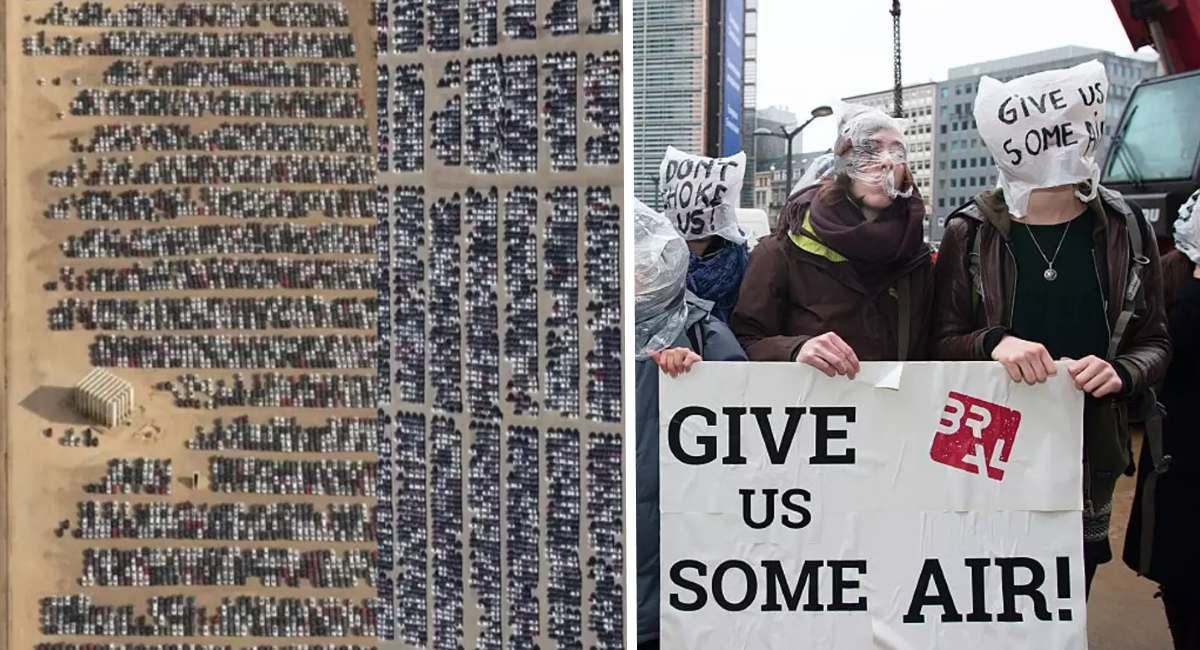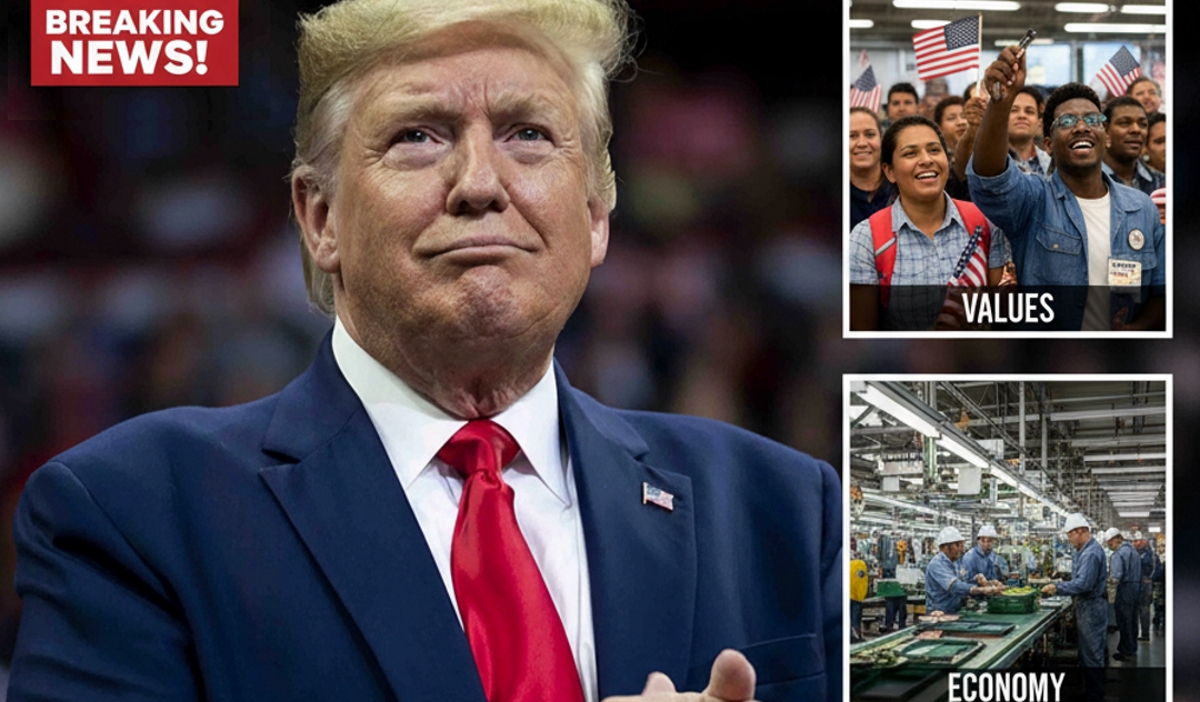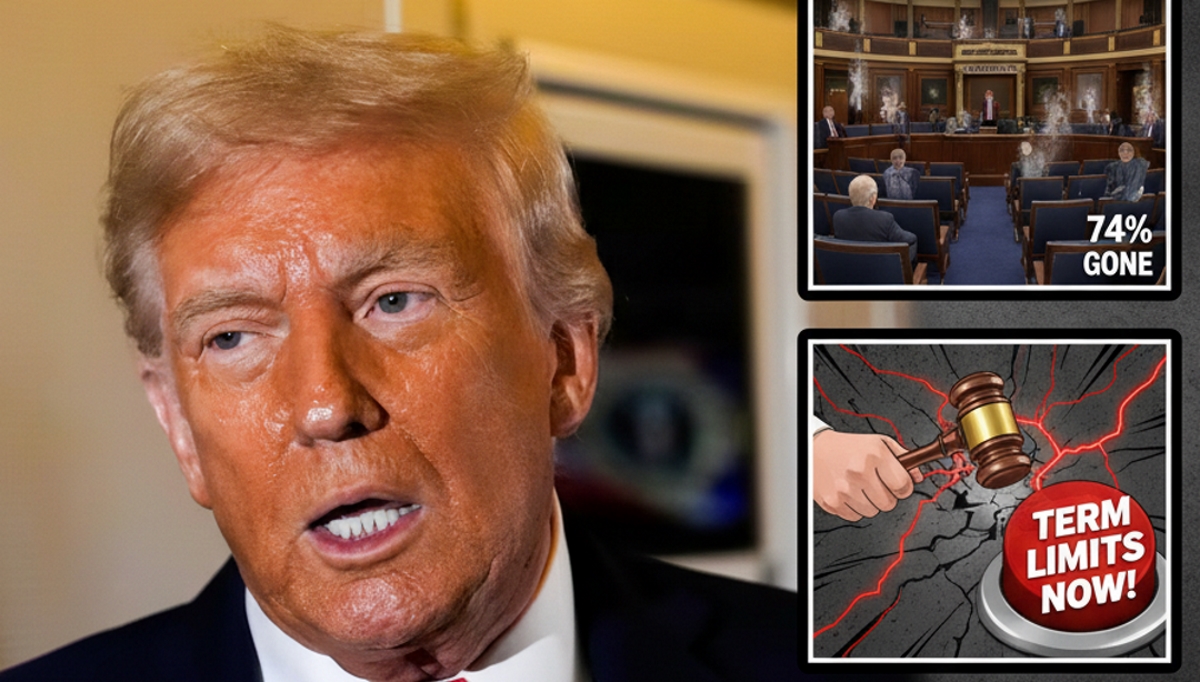Picture a shimmering desert under the searing California sun—rows of brand-new Audis and Volkswagens lined up like cars frozen in time. These weren’t relics of a post-apocalyptic movie; they were casualties of one of the gravest corporate betrayals in automotive history. When Dieselgate exploded in 2015, revealing that VW had rigged diesel emissions tests across its fleet, the fallout left over 300,000 vehicles literally parked—even abandoned—on cracked tarmac in the Mojave Desert. This wasn’t neglect—it was logistics under pressure, ethics unraveled, and environmental shame writ large as UNILAD chillingly reports.
The scandal triggered a chain reaction of fines and settlements, amounting to an unfathomable $30 to $36 billion worldwide. VW was forced to buy back or fix every affected diesel Audi and VW sold in the U.S., some 335,000 cars. That urgent mandate collided with reality: what do you do with that many vehicles overnight? The Mojave, with its arid climate and vast stretches of flat land, became interim storage. Aircraft graveyards, abandoned stadiums, even empty paper mill towers turned into automotive holding pens this Economic Times exposé explains.
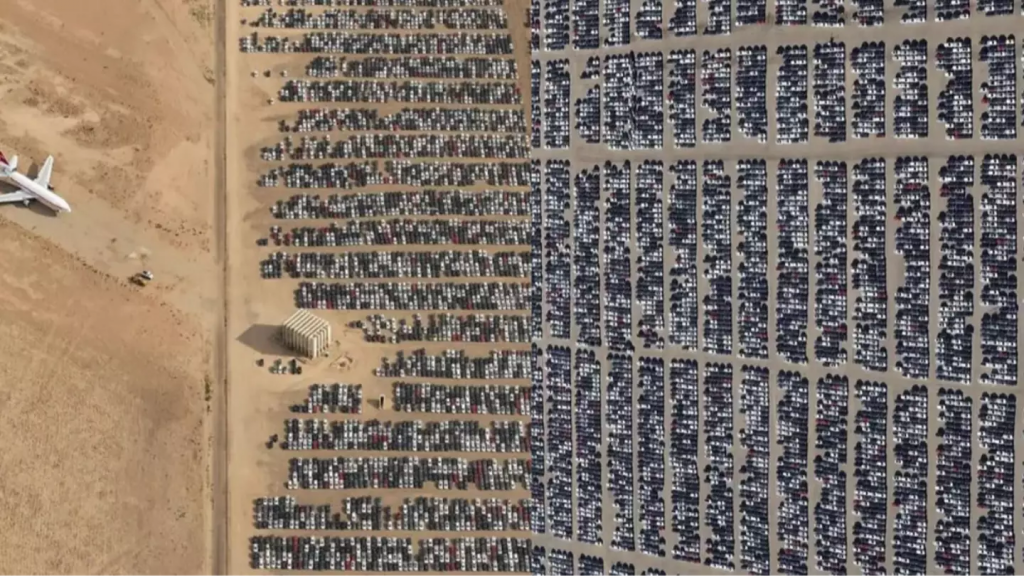
Drone footage captured the surreal spectacle—gleaming cars, parked with military precision, baking in the desert heat, waiting for their fate. A cruel paradox: cars designed to cheat emissions tests now rotting in pollution-free sands. It was a gallery of guilt, each windshield reflecting VW’s moral collapse. One location alone, near Victorville, covered some 134 acres—the equivalent of over a hundred football fields as detailed by MotorBiscuit.
Rows upon rows of shiny VWs and Audis, parked in ghostly silence under the desert sun. Not ‘abandoned’—just waiting for justice. https://twitter.com/SignalStudies/status/1690347829011— Signal Studies (@SignalStudies) August 2025
But these weren’t left to rust by design. VW maintained them—tires were rotated, starters cranked periodically, climate stress minimized. The cars weren’t abandoned so much as postponed. Some would be repaired and re-sold with updated emissions systems. Others were stripped for parts or scrapped if they failed recertification. By end of 2017, roughly 13,000 vehicles were re-certified, while 28,000 were destroyed reports from The Sun note.
Twitter users didn’t miss the symbolism. One quipped: “These aren’t just cars—they’re physical evidence of conspiracy baked into steel and silicon.” Another compared them to modern-day pyramids of shame: silent, vast markers that greed can be parked—but not buried this captured public reaction.
And then there’s the environmental irony. Cars engineered to cheat clean-air standards ended up polluting the desert, not with emissions, but with waste. VW had to invest billions into environmental restoration, EV technology, and consumer restitution. As part of rebuilding, the company pledged big on electrification—and even backed Europe’s 2035 combustion-engine ban as The Sun chronicles.
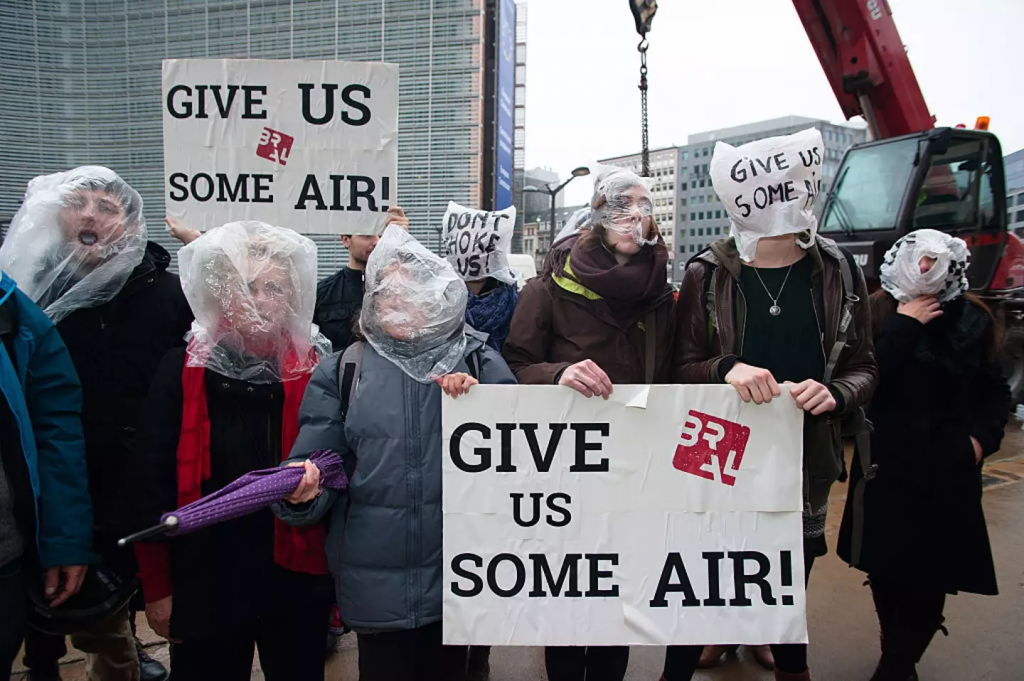
Meanwhile, storage logistics grew unwieldy. VW leased 37 sites nationwide, from Michigan stadium lots to Minnesota’s defunct paper mills. But the Mojave site became the emblematic graveyard. Reddit users tracking the sites used satellite-photo timelines to show how the rows disappeared over time—empty land replacing metal entombments by 2020 as MotorBiscuit’s follow-up shows.
I remember that photo going viral. Thought it was Fallout 4’s DLC at first. Just a literal graveyard of corporate lies. https://twitter.com/OrbitalTruth/status/143256478931— WatchTheSkies (@OrbitalTruth) August 2025
Ethically, Dieselgate rewrote the auto industry’s accountability standards. The scale of deception—11 million cars with illegal software—was breathtaking. The fallout pushed regulators worldwide to tighten emissions verification, tech transparency, and brand responsibility. VW’s desert spectacle became a cautionary billboard: deception has nowhere to hide—but it can sure fill a desert as UNILAD reminded readers.
As deserts reclaimed the rows, the image stayed engraved in public memory. Even today, when electric models roll off assembly lines, people whisper: this time with integrity, please. The abandoned Audis in the Mojave Desert didn’t just withhold emissions—they inaugurated a new era where gasping for truth may just be the most powerful comeback of all.

